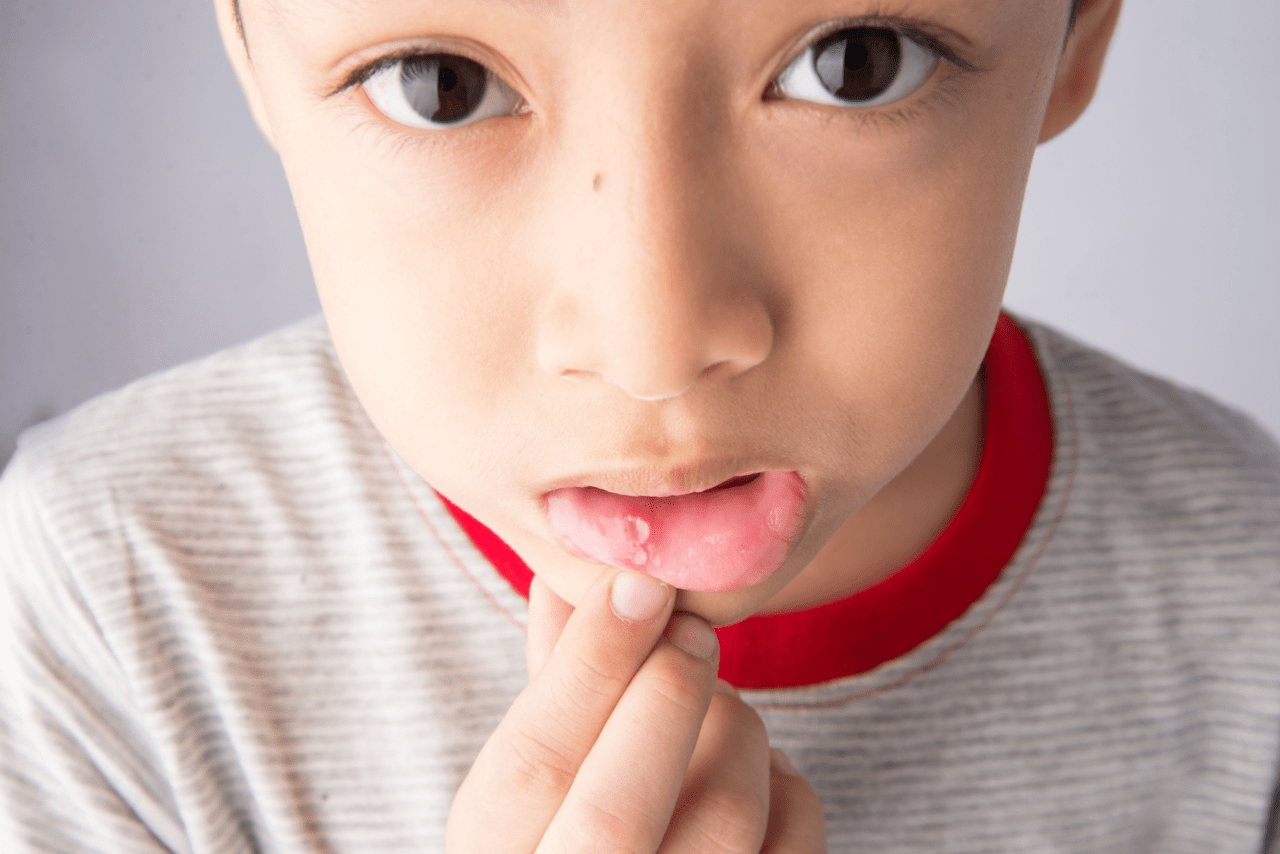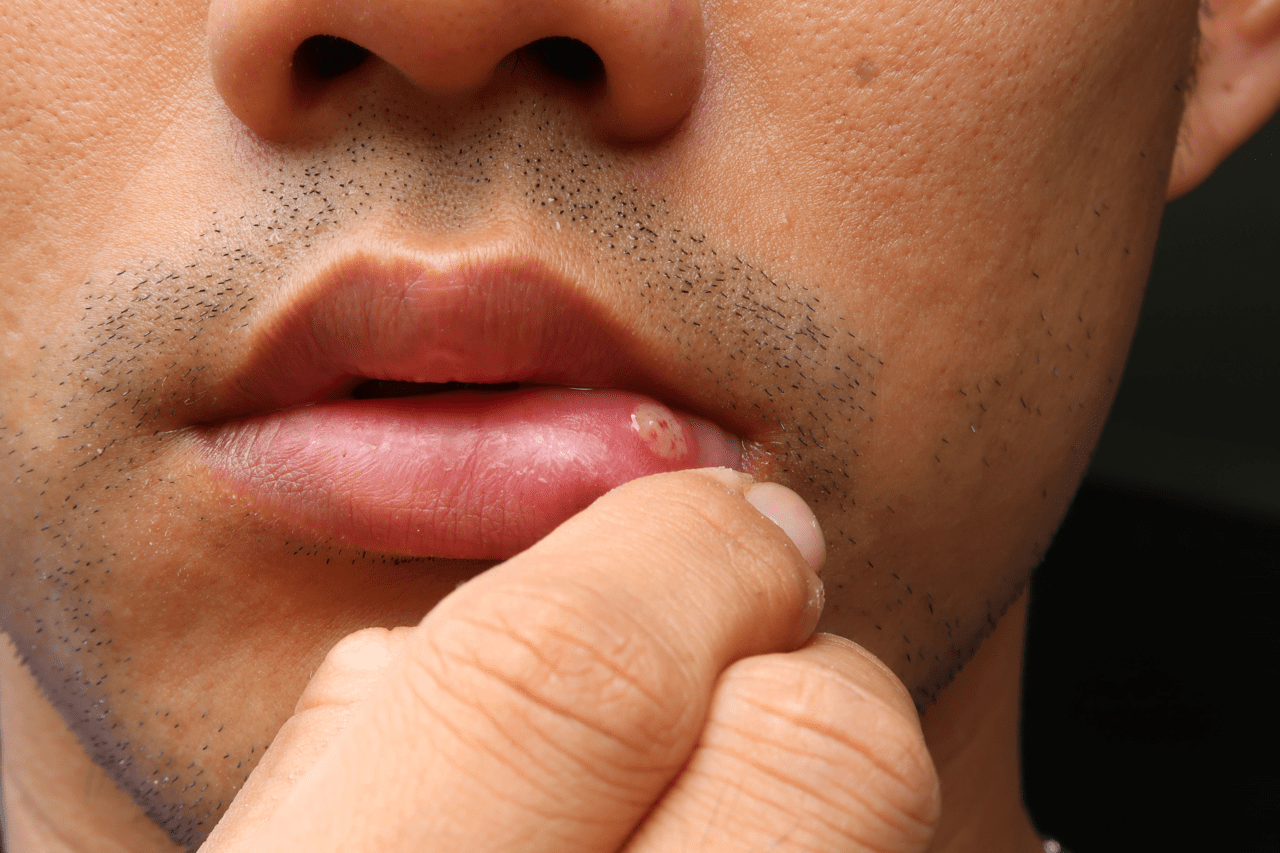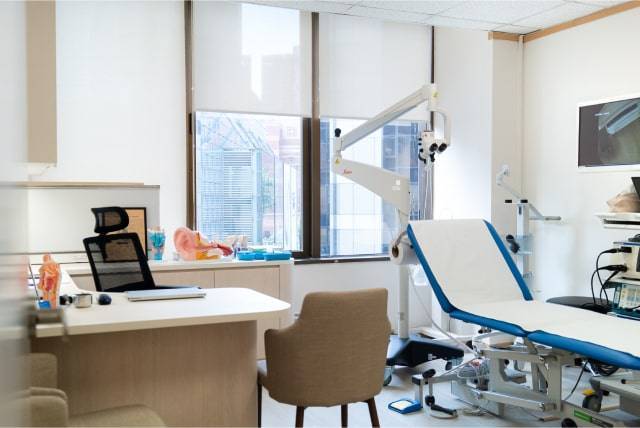
Mouth lesions are a common condition that can appear on any part of the oral cavity, including the lips, gums, tongue, inner cheeks, and the floor or roof of the mouth. These lesions can vary widely in appearance, cause, and severity, ranging from minor irritations to signs of more serious health conditions. Understanding the types, causes, symptoms, diagnosis, and treatment of mouth lesions is essential for maintaining oral health and ensuring prompt intervention when necessary.
Types of Mouth Lesions
Mouth lesions come in various forms, each with distinct characteristics:
- Canker Sores (Aphthous Ulcers): Small, painful ulcers usually found on the inner cheeks, lips, or tongue. Their exact cause is unknown, but they are not contagious.
- Cold Sores (Herpes Labialis): Caused by the herpes simplex virus, these are contagious blisters that typically appear on the lips and around the mouth.
- Leukoplakia: White or grey patches that can appear on the tongue, inner cheek, or bottom of the mouth, often associated with tobacco use or irritation.
- Oral Thrush (Candidiasis): A fungal infection that leads to creamy white lesions, usually on the tongue or inner cheeks, common in individuals with weakened immune systems.
- Lichen Planus: An inflammatory condition resulting in white, lacy patches and red, swollen tissues within the mouth.
- Oral Cancer: Can start as a mouth lesion that doesn’t heal. It may appear as a growth or sore and can occur on the lips, tongue, cheeks, or floor of the mouth.
Causes
The causes of mouth lesions are varied and can include:
- Infections: Bacterial, viral, or fungal infections can result in different types of mouth lesions.
- Immune System Disorders: Conditions like lupus or Behçet’s disease can manifest as mouth sores.
- Nutritional Deficiencies: Lack of essential vitamins like B12, iron, and folate can cause mouth ulcers.
- Hormonal Changes: Fluctuations in hormones, particularly during menstruation or pregnancy, can trigger lesions like canker sores.
- Stress: High-stress levels are linked to the development of canker sores and other oral lesions.
- Tobacco and Alcohol Use: Both are significant risk factors for leukoplakia and oral cancer.
- Trauma: Biting the cheek, sharp teeth, or dental appliances can cause lesions.
Symptoms

Although symptoms can vary depending on the type of lesion, common signs include:
- Pain or Discomfort: Especially when eating, drinking, or brushing teeth.
- Visible Sores or Blisters: These can appear white, red, or ulcerated.
- Swelling: Around the lesion or in nearby areas, including lymph nodes.
- Bleeding: Some lesions might bleed, especially if aggravated.
- Difficulty Eating or Speaking: Large or painful lesions can interfere with normal oral functions.
Diagnosis
At Aglow ENT Centre, diagnosing mouth lesions typically involves a thorough oral examination and a review of the patient’s medical history. Depending on the lesion’s appearance and associated symptoms, additional tests might include:
- Biopsy: A small sample of the lesion is taken and examined under a microscope, particularly if cancer is a concern.
- Blood Tests: To check for underlying health conditions, like vitamin deficiencies, hormonal imbalances, or immune disorders.
- Microbial Cultures: To identify any bacterial, viral, or fungal infections causing the lesions.
Treatment
Treatment for mouth lesions depends on the underlying cause. After a detailed assessment, our experienced ENT Surgeon will be able to provide you with tailored treatment advice, such as whether surgery is necessary.
- Antimicrobial Mouthwash or Lozenges: Can treat bacterial or fungal infections.
- Topical Creams or Gels: Applied directly to the lesion to alleviate pain or promote healing.
- Oral Medications: Antiviral drugs for herpes-related lesions, or corticosteroids for severe canker sores or lichen planus.
- Dietary Supplements: For lesions caused by nutritional deficiencies.
- Laser Therapy: Used for some types of lesions to reduce pain and promote faster healing.
- Surgery: In cases of oral cancer or persistent, non-healing lesions.
Management and Prevention
Many mouth lesions are preventable or manageable with good oral hygiene and lifestyle adjustments:
- Maintain Oral Hygiene: Regular brushing and flossing, along with routine dental check-ups, can prevent infections that lead to lesions.
- Avoid Tobacco and Limit Alcohol: Both are risk factors for leukoplakia and oral cancer.
- Eat a Balanced Diet: Ensure adequate intake of vitamins and minerals to prevent deficiencies.
- Manage Stress: Techniques like meditation, exercise, and adequate rest can help reduce the occurrence of stress-related lesions.
- Protect the Mouth: Use mouthguards during sports and address any dental issues that might cause irritation or injury.
Conclusion
Mouth lesions, though common, can significantly impact an individual’s quality of life, causing discomfort and sometimes indicating more serious health conditions. While many lesions are benign and resolve on their own, it’s crucial to pay attention to the symptoms and seek medical or dental advice for persistent, recurrent, or painful lesions. Early diagnosis and appropriate treatment can effectively manage most mouth lesions and prevent potential complications. Moreover, adopting preventive measures, such as maintaining good oral hygiene, leading a healthy lifestyle, and undergoing regular dental check-ups, can significantly reduce the risk of developing mouth lesions. Being proactive about oral health and aware of the signs and symptoms of mouth lesions are key steps in ensuring long-term oral and overall well-being.
When should you see an ENT specialist in Singapore?
Please consult an ENT specialist if you are suffering from any ear, nose, or throat symptoms. It is also advisable to visit an ENT doctor if you experience persistent mouth breathing due to a chronic blocked nose or encounter snoring issues.
Dr Ker Liang sees adults and children for general ENT conditions and provides comprehensive management in a broad range of Ear, Nose, and Throat, as well as Head and Neck conditions. In particular, she has a special interest in treating throat and voice conditions, including persistent sore throat, voice issues, snoring, and Obstructive Sleep Apnoea (OSA).
Medical Teaching
Assistant Professor Ker Liang has a passion for teaching and is an Assistant Professor with NUS Yong Loo Lin School of Medicine (YLLSOM). As the NUS-NUH Otolaryngology Department Undergraduate Medical Director, Dr Ker Liang supervises the training of medical students from YLLSOM, NUS. She is actively involved
in the training of postgraduate junior doctors and residents in the Head and Neck Surgery department. She was conferred with an Undergraduate Teaching Award by the National University Health System in 2016 for her outstanding efforts as an Otolaryngology educator.
Medical Teaching
Assistant Professor Ker Liang has a passion for teaching and is an Assistant Professor with NUS Yong Loo Lin School of Medicine (YLLSOM). As the NUS-NUH Otolaryngology Department Undergraduate Medical Director, Dr Ker Liang supervises the training of medical students from YLLSOM, NUS. She is actively involved
in the training of postgraduate junior doctors and residents in the Head and Neck Surgery department. She was conferred with an Undergraduate Teaching Award by the National University Health System in 2016 for her outstanding efforts as an Otolaryngology educator.
Lorem ipsum dolor sit amet, consectetur adipiscing
Lorem ipsum dolor sit amet, consectetur adipiscing elit. Ut elit tellus, luctus nec ullamcorper mattis, pulvinar dapibus leo. Lorem ipsum dolor sit amet, consectetur adipiscing elit. Ut elit tellus, luctus nec ullamcorper mattis, pulvinar dapibus leo.
Lorem ipsum dolor sit amet, consectetur adipiscing
Lorem ipsum dolor sit amet, consectetur adipiscing elit. Ut elit tellus, luctus nec ullamcorper mattis, pulvinar dapibus leo. Lorem ipsum dolor sit amet, consectetur adipiscing elit. Ut elit tellus, luctus nec ullamcorper mattis, pulvinar dapibus leo.
Lorem ipsum dolor sit amet, consectetur adipiscing
Lorem ipsum dolor sit amet, consectetur adipiscing elit. Ut elit tellus, luctus nec ullamcorper mattis, pulvinar dapibus leo. Lorem ipsum dolor sit amet, consectetur adipiscing elit. Ut elit tellus, luctus nec ullamcorper mattis, pulvinar dapibus leo.
Lorem ipsum dolor sit amet, consectetur adipiscing
Lorem ipsum dolor sit amet, consectetur adipiscing elit. Ut elit tellus, luctus nec ullamcorper mattis, pulvinar dapibus leo. Lorem ipsum dolor sit amet, consectetur adipiscing elit. Ut elit tellus, luctus nec ullamcorper mattis, pulvinar dapibus leo.
Lorem ipsum dolor sit amet, consectetur adipiscing
Lorem ipsum dolor sit amet, consectetur adipiscing elit. Ut elit tellus, luctus nec ullamcorper mattis, pulvinar dapibus leo. Lorem ipsum dolor sit amet, consectetur adipiscing elit. Ut elit tellus, luctus nec ullamcorper mattis, pulvinar dapibus leo.



